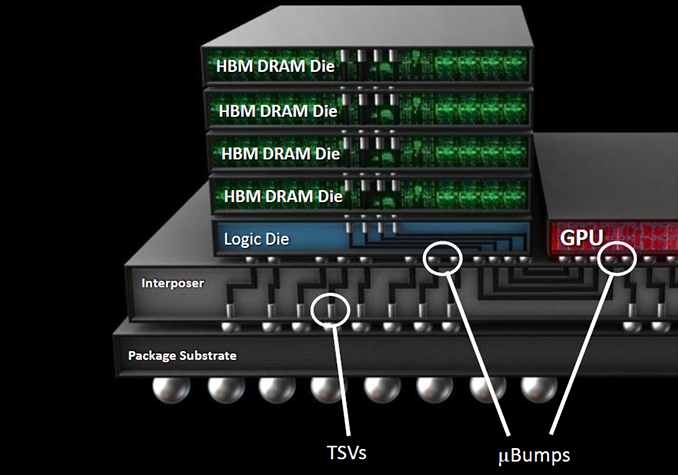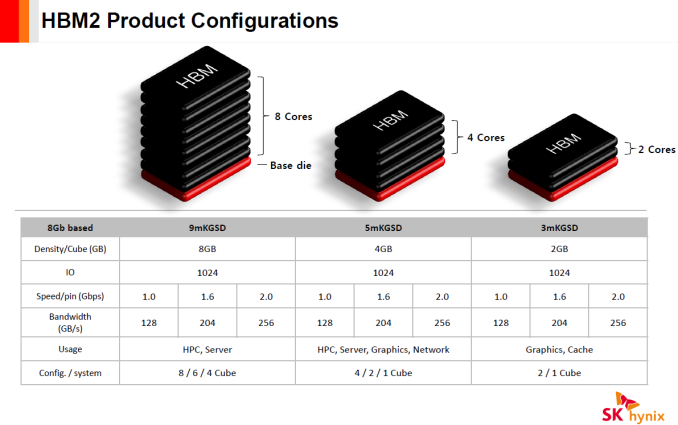Importanti movimenti di mercato in Cina: Didi Chuxing, la principale realtà di ride-sharing che opera nel fu Celeste Impero, si prepara ad acquisire il concorrente Uber China con un’operazione che andrà ad istituire una realtà dal valore complessivo di circa 35 miliardi di dollari. Una volta portata a termine l’operazione gli investitori di Uber China, tra i quali figurano ovviamente Uber e altre realtà del calibro di Baidu, otterranno un pacchetto azionario pari al 20% della nuova società. Questo porterà Uber, a giochi fatti, ad essere il principale azionista di Didi.
L’accordo pone fine agli sforzi di Uber, avviati nel 2013, per cercare di stabilire una presenza forte e indipendente sul mercato cinese. Il CEO di Uber, Travis Kalanick, ha avuto modo di osservare che nonostante miliardi di dollari di investimenti, nè Uber nè Didi sono riuscite a rendere profittevole la propria presenza sul mercato cinese e che la fusione delle due realtà permetterà di lubrificare il percorso verso la profittabilità e la sostenibilità del giro di affari. Nel contesto dell’accordo è previsto inoltre un investimento di 1 miliardo di dollari da parte di Didi in Uber.
Lo scorso mese di maggio aveva fatto scalpore la notizia dell’investimento di 1 miliardo di dollari in Didi Chuxing da parte di Apple. La Mela allora decise di non rivelare le ragioni che l’hanno portata a compiere tale decisione, anche se è stato abbastanza semplice ipotizzare come l’accordo potesse avere una serie di risvolti particolarmente interessanti per Apple. Didi Chuxing rappresenta per la Mela un importante alleato in un mercato chiave, una ricca fonte di dati per studiare le dinamiche del traffico in ottica machine learning per i veicoli a guida autonoma e un importante catalizzatore per l’ecosistema mobile, in quanto i servizi di ride-sharing si basano fortemente sull’impiego di app, che sono a loro volta collegate a sistemi di pagamento come Apple Pay.
Autore: Le news di Hardware Upgrade





